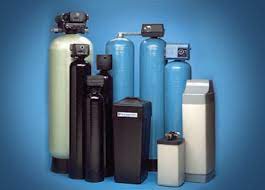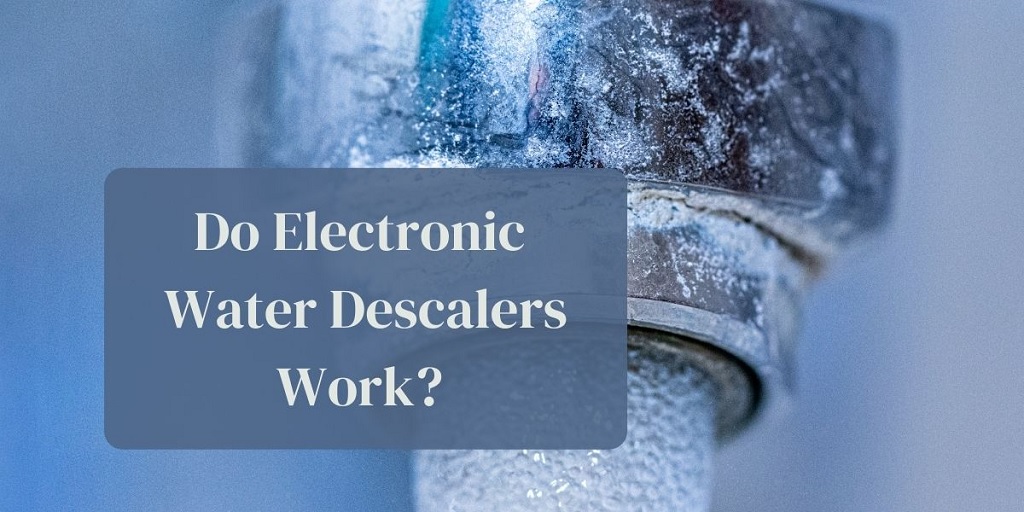Although the best electronic water softeners are the most practical and efficient way to treat hard water, they are still susceptible to electrical problems like any other electronic appliance. Common electrical issues with electronic water softeners https://watersoftenershub.com/ and their solutions are outlined below.

Lack of electricity
The power source should be the first place you look if your electronic water softener won’t turn on. First, verify the plug is securely in the outlet and the power is on the device. The problem may be with the power cord if the outlet is satisfactory.
Notifications of errors
Error codes are built into many modern electronic water softeners and can be used to diagnose malfunctions. Please read the manual to find a list of error messages and how to fix them. In some instances, a simple reset may be all that’s needed to eliminate the error.
Dripping Pipes
When you discover water leaking from your electronic water softener, you should first turn off the unit and the water supply. Next, inspect the device for loose connections, rusty terminals, and cracks in the housing. Finally, replace worn or broken components and make sure all connections are secure.
Having trouble with the sensors
Sensing the concentration of minerals in the water is an integral part of some models of electronic water softeners. The unit’s efficiency could be reduced due to incorrect mineral detection caused by dirty or broken sensors. Inspect the detectors using a clean, soft cloth for damage and any issues. If any of the sensors are broken, new ones should be installed.
The coils aren’t working correctly.
The electromagnetic waves used to treat the water in an electronic water softener are generated by the coils in the device. The unit’s ability to treat water effectively depends on the condition of the waves. Be on the lookout for broken or worn locks by inspecting them closely. Repair or replace the coils if necessary.

